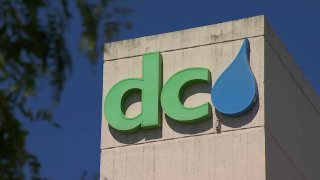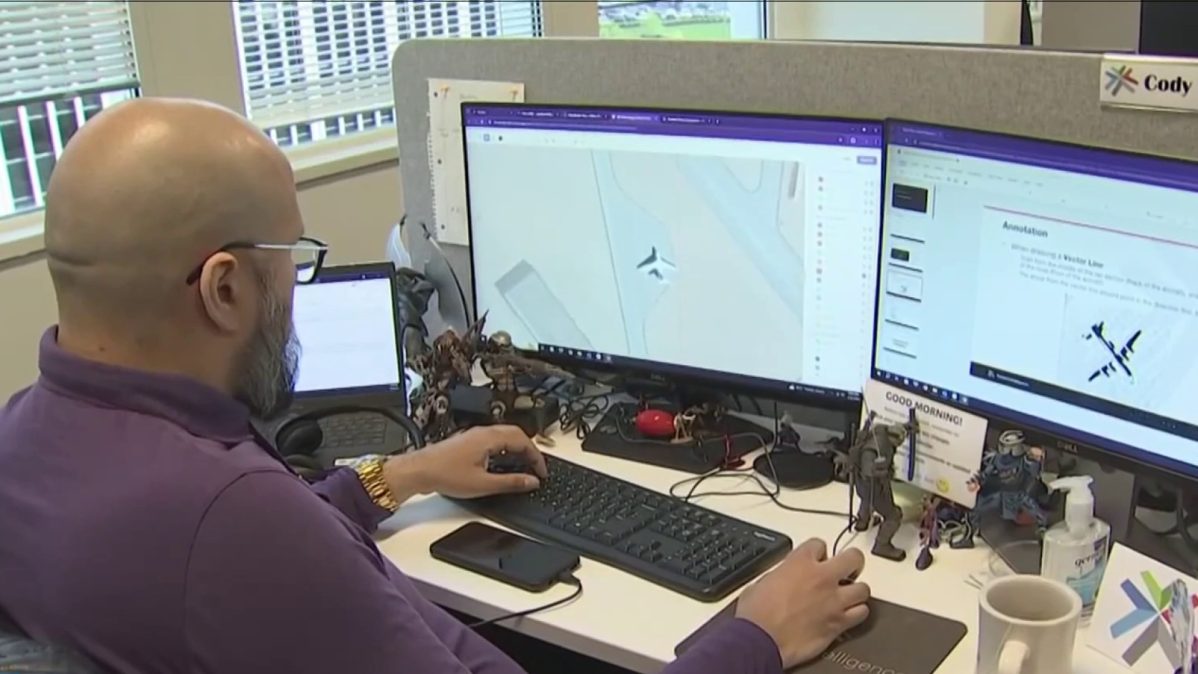
DC Water is changing the way it calculates a controversial fee that currently costs some residents hundreds of dollars each month.
The utility began discussing the fairness of how the Clean Rivers Impervious Area Charge is calculated more than a year ago after a series of News4 I-Team investigations raised questions about the fee structure and exposed how some customers were paying much more than others.
"As that charge has increased over the years, there have been some concerns about equity and how we're treating our various customers," said DC Water's Chief Financial Officer Matthew Brown.
The Clean Rivers fee began in 2009 as a way to pay for construction of massive tunnels to prevent sewage from overflowing into area rivers after heavy rains. The total cost for the project is $2.7 billion, funded mainly by DC Water's customers. The fee has grown exponentially each year, prompting an outcry from some groups of customers.
The fee is currently calculated based only on the square footage of a property that can't absorb water and could create stormwater runoff. That means people with large patios, driveways and parking areas could pay more than some residents who live in taller buildings, which might have more residents but a smaller footprint.
Some homeowners associations that had no water or sewer service suddenly started getting expensive bills for their neighborhoods' roads and sidewalks.
Brown said DC Water engaged a committee of customers to weigh in on fairer ways to calculate the fees.
Local
Washington, D.C., Maryland and Virginia local news, events and information
"We want to make sure that our rates could be justified. We want to make sure our rates are fair and it works hard on all of our customers the right amount," Brown said.
Pending final approval by the DC Water board this summer, the new fee calculation would begin phasing in Oct. 1.
Under the new calculation, 37 percent of the fee would be based on water and sewer usage, so fees for the HOA with no water usage would drop. Likewise, homeowners whose property includes a portion of private roadway or sidewalk would also be likely to see lower bills.
Larger buildings that have more residents, and thus more volumetric sewage, would likely see an increase in their Clean Rivers fees. But Brown says at least water usage is something residents can control, unlike the impervious area on their property, which would still comprise 63 percent of the fee calculation.
"We were really looking for something that we could do, something that was in our control, something that would be meaningful to our residents," Brown said.
He says most residents with an average-sized property and average water usage probably won't notice much of a change in their Clean Rivers fees. The new formula was designed to bring more equity to those who'd been most drastically impacted.
Following the I-Team investigation, the city created a $3.85 million in relief program to help lower the fees for non-profits including churches and cemeteries — many of whom said they were cutting programs or might have to close due to the skyrocketing fees. Eligible non-profits can get the city to reimburse between 83 percent and 90 percent of their Clean Rivers fees.
DC Water officials are also urging residential customers with low and moderate income to sign up for a new program that will pay a significant portion of their fees. Currently, only a fraction of those who are eligible are using it.



